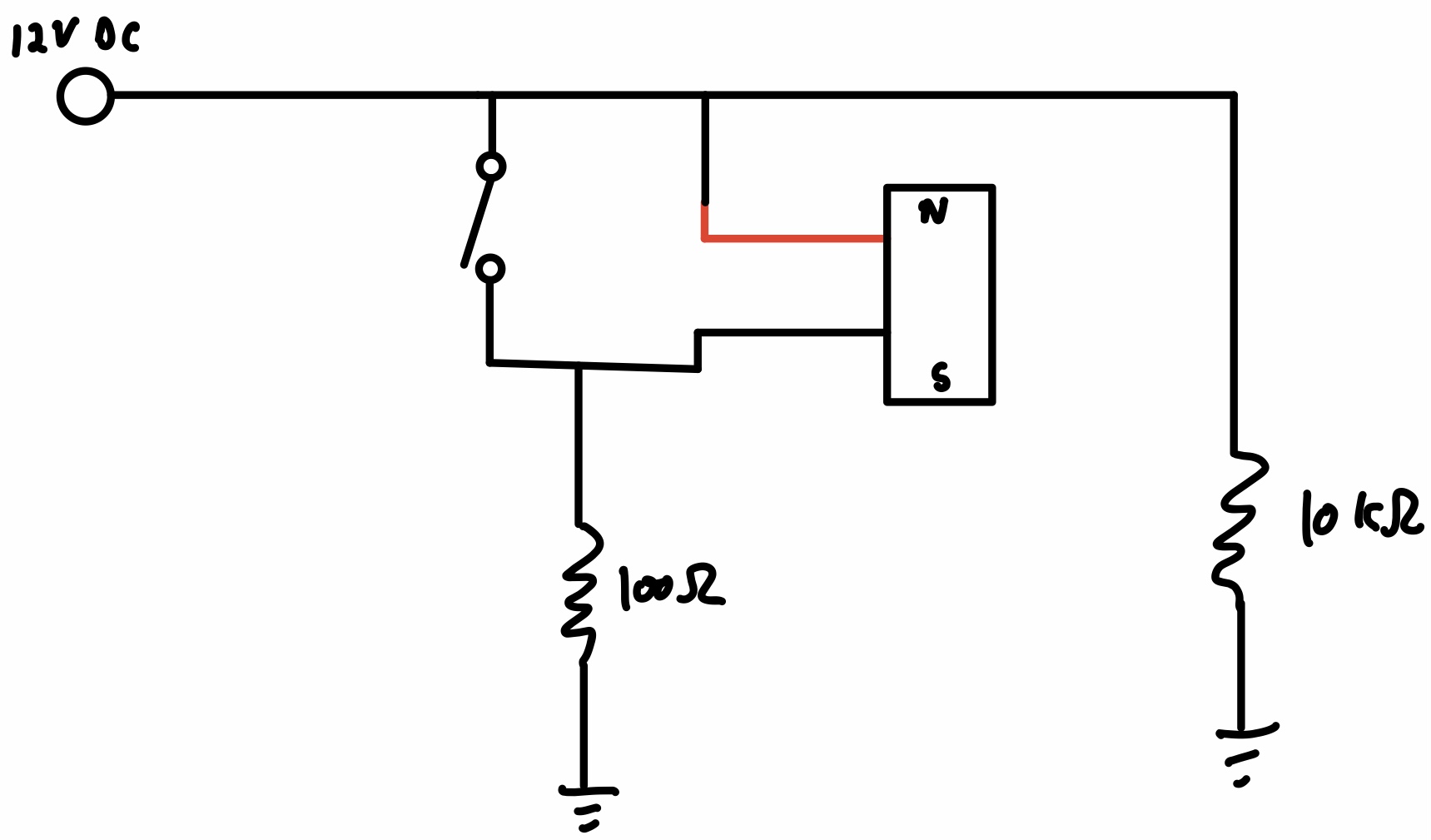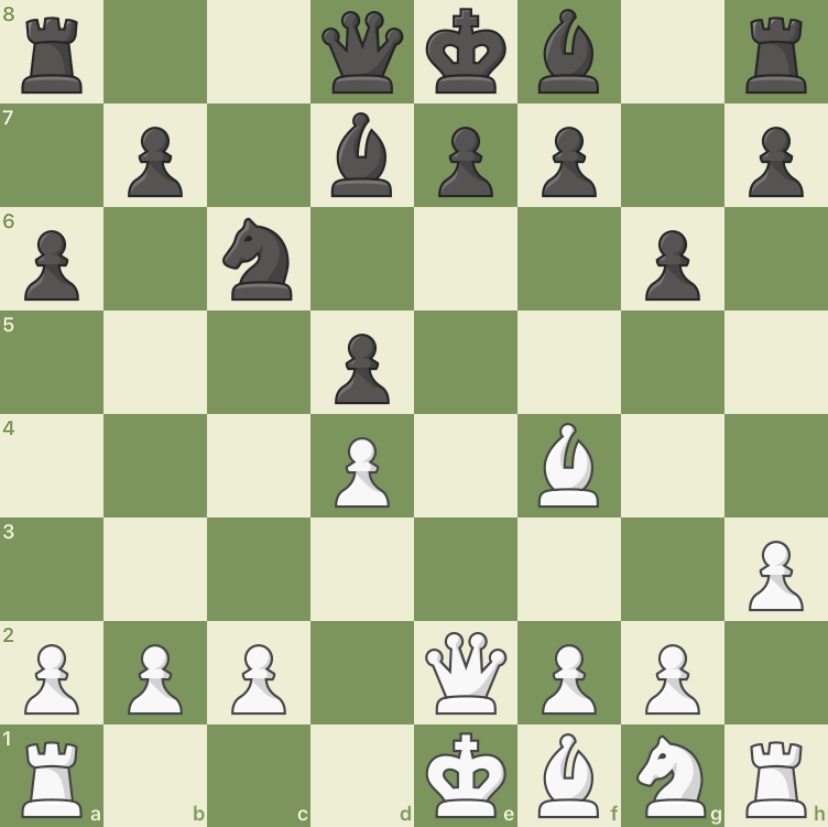Projects
This is a list of projects I’ve done for classes and clubs.
E155: Microprocessors
My friend Manuel Mendoza and I made a configurable, fully functional pet autofeeder. It is super awesome.
We made a website about it, please check it out!
E178: Rocketry
Manuel Mendoza and I constructed a modified 2.2” diameter Adventurer rocket. We significantly improved the mechanical design and added some avionics to gather flight data. We ran it on an Aerotech J825 and an Aerotech J510 motor. We wrote a report on the J825 flight.




E80: Experimental Engineering
I was on a team with James Clinton, Kaanthi Pandhigunta, Sarah Covey, and Zeneve Jacotin. We built all the components of an underwater autonomous vehicle and took images of the seafloor during deployment. The report is linked here.


MuddEscapes
MuddEscapes is a club at Harvey Mudd which builds a complete escape room each semester. I joined in Fall 2022, and I’ve made two puzzles.
1. Physical Chess Puzzle
I like to do chess puzzles, and I thought that a real-life one might fit in with the theme of the escape room (haunted library). For construction, I drilled a hole in the top of a nightstand with a drawer to thread a reed switch through. These switches become shorted in the presence of a magnetic field, so I placed a magnet in the bottom of a chess knight. Then I hooked up the switch to an electromagnet, such that the electromagnet would disable when the knight was placed correctly.


See if you can figure out where to place white’s other knight.
2. Magnet Maze
My other puzzle was a 3D-printed maze housed in a book. The solver would use a piece of iron to guide a magnet contained in the book to an opening in the top. The cover was placed over the maze so the solver wouldn’t be able to see the path, but it was simple enough that most people got it after the fifth try or so.
I placed a couple of openings and angled the puzzle such that if the solver dropped the magnet, it would naturally drop down to the bottom left starting zone.
The solidworks files of the maze are available on github.
